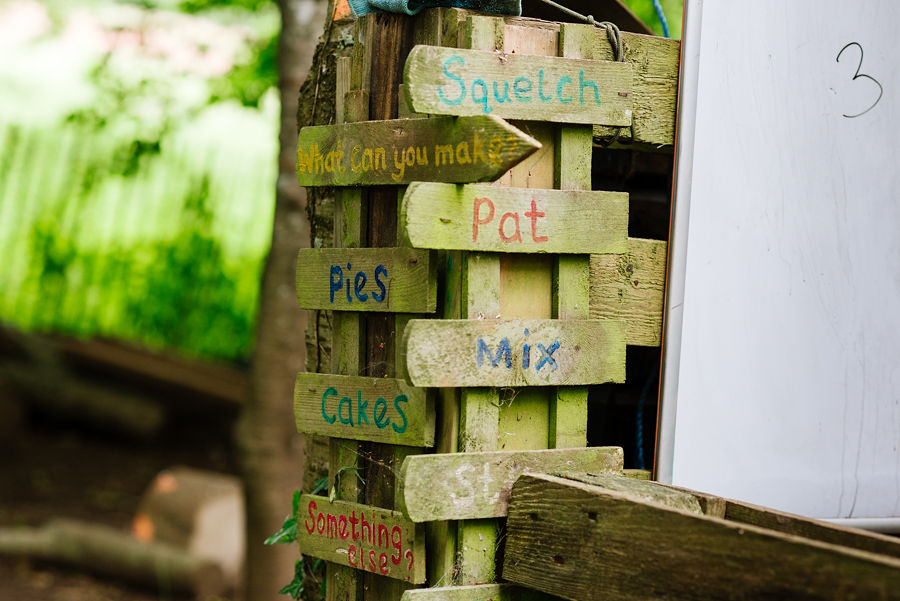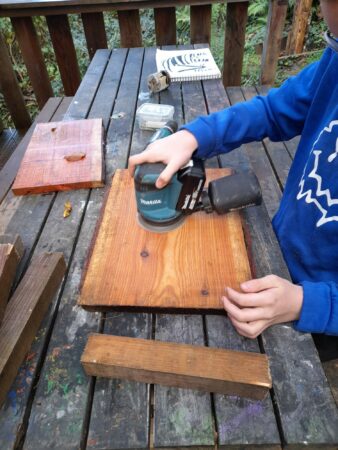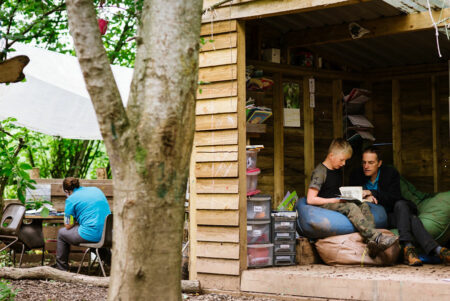It’s that time of year again when Outdoor Classroom Day is upon us and as you can imagine, we love joining in the celebrations for this! Outdoor Classroom Day is a “global movement to make time outdoors part of every child’s day.” In the past when talking about this day we’ve looked at the benefits and importance of being outdoors for children (and so have the fantastic folk at Teach Outdoors in a guest post you can find here). However, this year we thought we’d have a look at a few practical ways to incorporate getting outdoors into our children’s daily routines at school.
Can you take it outside?
Often, incorporating time outdoors can feel like an added extra that has to be tagged onto a busy school day but with a little bit of imagination and planning, there are plenty of ways to still meet your subject outcomes whilst taking part, or all, of a lesson outside. This doesn’t have to be a chore or something that slows down learning but can actually be a huge benefit as physical interaction really aids learning. Physical interaction is often a great learning tool and aids in learning and memorisation. Much the same as using physical resources, representing concepts in the form of games or activities often sees a much increased level of engagement from students compared to them learning passively (and sat down!)
Here are a few examples of how you can take different subjects outdoors
- For science you can easily access natural sciences through things like taking a nature walk and identifying the flora and fauna they see, charting the life cycle of a frog if you have access to a pond or gardening if you’ve got a patch of land you can use. You can also do things like make slime for chemical reactions or embark on a construction project which incorporates physics, maths and Design & Tech. This could be something like a hedgehog house or bird box or if you’re working with older students, you could take on a bigger challenge such as a tree house, pizza oven, or round house.
- There are plenty of ways to take maths outside depending on the age of the students that you are working with. For younger children, there are plenty of physical games you can play with racing to the correct answer to a sum or similar and for older children, they can get involved in measuring the heights of trees, the depth of ponds, looking at speed and distance as they run around a marked out space…etc.
- Similarly the world is your oyster when it comes to English. Learners can make something (e.g. bird feeders with pinecones) and then be given the writing task of writing instructions for how to make what they’ve just created. Or you can embrace creative writing inspired by nature through poems or prose.
- Art is a bit of a no brainer, they can paint, draw, or create their interperation of something they see outside, they can use natural materials to make murals on the floor or collect materials to take inside to craft with.
- A topical example for history this week is in regards to Bonfire Night. Students can make effigies of Guy Fawkes and burn them which incorporates a range of physical skills as well as learning about his story. In general though, when approaching history you can build models of buildings you’re learning about, re-enact significant historical events, and link your history topic to the local history in the town your school is located in.
Stay Local
Whilst trips to fantastic National Trust properties, aquariums, zoos or historical attractions bring with them a whole host of benefits and the opportunity to be outdoors, sometimes it’s easy to miss what’s right on our doorstep. If your school is located near the beach, consider rock pooling or measuring the movement of sand, if it’s located in a town or village with some interesting history, take a walk and find out more, if your school is near some woods, why not take a weekly nature walk to see the seasons change? Sometimes we can’t see the wood for the trees so it’s worth thinking about the resources and places that are right on our doorstep that we can access with our students.
Breaktimes
Educators everywhere know from experience that a change of environment can help to break behavioural patterns. This is particularly true for learners with SEND needs. The outdoors can be a fantastic method of behaviour management; noise diffuses better outside, there are no fluorescent lights and learners won’t feel stuck within four walls. This is why it’s important to place enough value and importance on break times and to ensure that the spaces learners have access to outdoors are inviting and have plenty of opportunities to both play and explore but also to relax. Consider seating, areas to run, play equipment, and making sure that learners feel safe and supported to be outdoors.
If you’re an educator thinking about how to take the children they work with outdoors, for more information and tips on this, we’d recommend checking out Learning Outside the Classroom, Teach Outdoors, and Learning through Landscapes – all fantastic organisations dedicated to facilitating children and young people getting outside as part of their education. But for now, Happy Outdoor Classroom Day!
We hope that this post has proved useful and as always, if you’ve got anything to share, please do leave us a comment and be part of the conversation. By working as a community and sharing best practice, we can all work to do the best for the young people that we work with!
Author: Hannah Durdin, Forest School Leader, Home Educator & Content Officer
Date: Thursday 2nd November 2023










